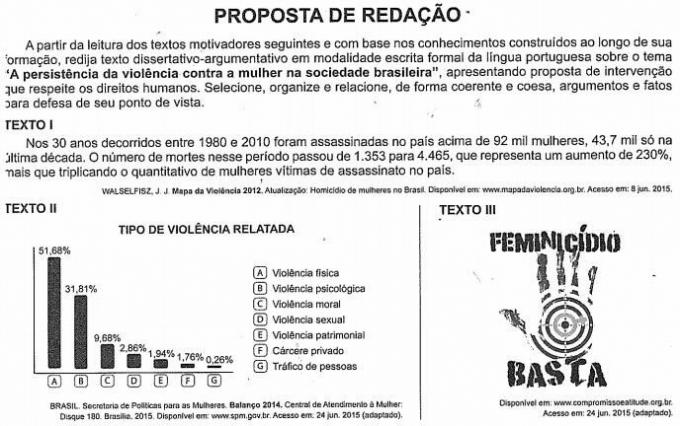Vaccines are so common in our lives from early childhood that we often don't pay attention to how important it is. Able to prevent large epidemics and mass deaths, as happened in the Middle Ages, they are a fundamental part of public health issues.
But have you ever stopped to ask yourself how vaccines are made? What's more, how do they act in our body to prevent diseases? If you want to answer any of these questions, you can check the article below, where we explain in detail the answers to these and other questions.
Index
- How were vaccines created?
- But after all, how do vaccines work in our bodies?
- How are vaccines produced?
How were vaccines created?
The first vaccines were developed in England around 1796. The person responsible for a discoveries that changed the world was the physician Edward Jenner.
In the 16th century, the smallpox virus decimated a large part of the world's population, causing victims in Spanish America, Europe and even in Brazil. Thus, a few years later, towards the end of the 18th century, Jenner began to observe and study the process and possible relationships between cowpox and human pox.
At that time, living in the countryside, the doctor noted that dairy workers who had contact with cows contaminated by the virus, developed the disease less aggressively or did not even get sick when they came into contact with the human form of disease.
The fact had already aroused curiosity among the workers themselves, who had no means to establish a scientific explanation for the situation. Based on these findings, Edward Jenner began to carry out experiments, with the aim of proving or disproving the posed hypothesis.
After verifying that the contact between the wounds of animals and humans was able to alleviate the effects of smallpox, he wanted to know if it was the same between people. To test this, he injected a child with the liquid extracted from the wound of an adult person, who had received the secretion in the wounds on his hand through the milking of a contaminated cow.
The child had few symptoms and ended up not developing the bovine form of the disease. However, it was necessary to test whether this also consolidated with the human form of the virus.
So he removed secretions from a human being infected with smallpox but who had had no contact with the infected cows. The content was injected into the same child, who, to everyone's surprise, did not get sick.
- Free Online Inclusive Education Course
- Free Online Toy Library and Learning Course
- Free Online Math Games Course in Early Childhood Education
- Free Online Pedagogical Cultural Workshops Course
Armed with this and many other tests that followed and proved his hypothesis, in 1798 Edward Jenner published the work that would be a landmark in public health. At first, the process was called inoculation and only many years later it was vaccination, from the Latin vaccinae, a word that means cow.
But after all, how do vaccines work in our bodies?
Since Jenner's important discovery, more than 200 years have passed. Therefore, the process has been studied and improved hundreds of times, ensuring that vaccines are increasingly modern, safe and effective.
In a very simplified way, it works like this: once the virus present in small amounts in the vaccine enters contact with the human body the immune system is activated to protect us, with this, it creates a memory about the virus.
Thus, when the body is infected with a disease against which the person is already protected, such as tuberculosis, for example, because they already have a previous memory, the agents responsible for the immune system are able to work quickly, preventing the individual from sick.
How are vaccines produced?
Knowing how they were created and how they work in the body, the next step is to know how they are made today. Their manufacturing processes are very similar, what changes is the causative agent of the disease.
Generally, the disease virus goes through processes capable of reducing or attenuating its power of infection, but of so that they are still able to wake up the immune system, which will be responsible for protecting the individual.
Respecting this basic principle, they can have different formulas. There are vaccines, for example, that are produced by injecting the virus into eggs with live embryos. There, they will multiply and then undergo treatment to be used.
Some vaccines, such as the flu vaccine, which are repeated every year. That's because the virus undergoes annual mutations. That is, as the causative agent of the disease will be different, for immunization to take place, the vaccine will need to be made according to the new genetic material, otherwise, it will have no effect.
The processes are rigorously monitored and supervised both by the World Health Organization and by the regulatory agencies of each country. Usually the first tests are done on animals and if they do not show reactions, the tests can be done on people.
The important thing is to be always protected and on days with all the vaccines. Many serious illnesses, capable of even leaving permanent sequelae, can be avoided in this way.
The password has been sent to your email.

